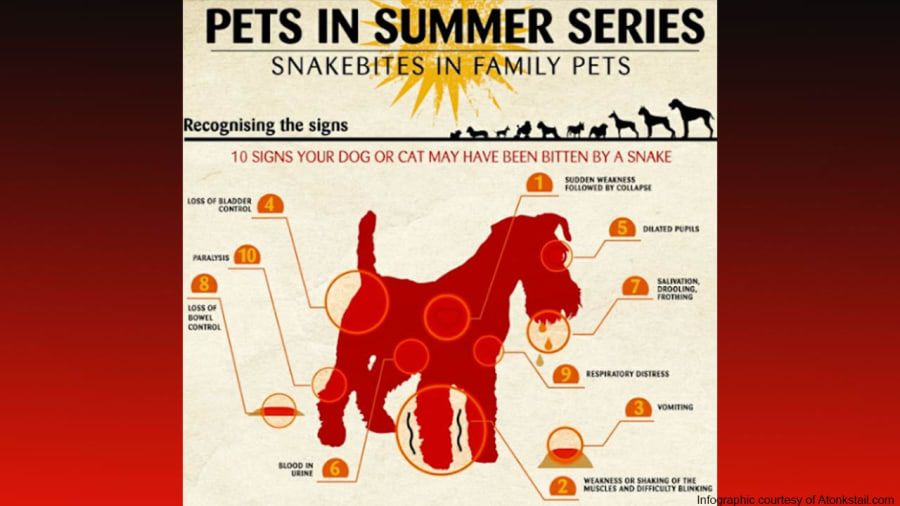SAN ANTONIO – Recent widespread rains in the San Antonio-area have brought an increase in snake sightings around the city, according to social media and posts on Nextdoor.
Snakes seek higher ground and shelter from the rain, which means they could show up in your house or neighborhood.
Recommended Videos
What can you do? Keep storage areas, such as your garage or shed, as clean and tidy as possible. Snakes can fit through tiny openings and easily hide in shadowy areas which means wood and brush piles should be kept as far away from your residence as possible.
Exercise caution everywhere, including the dark areas of your home. Snakes can make their way into the most unlikely of places.
The four common venomous snakes in South Texas are copperheads, cottonmouths, rattlesnakes and coral snakes.
Copperheads are usually light-colored with red/brown crossbands along their body. They can be found along streams and rivers and heavily weeded areas.
The photos below show a copperhead and a cottonmouth, respectively.
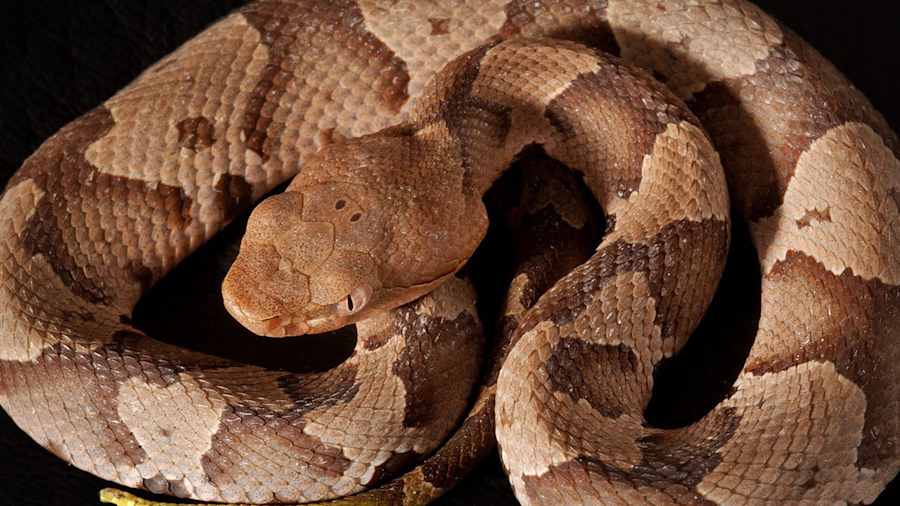
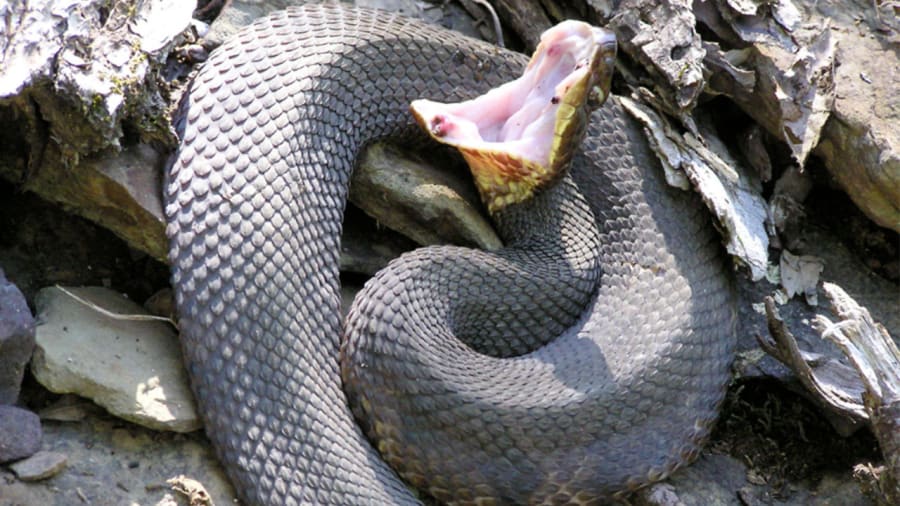
Cottonmouths, also known as water moccasins, are usually darker in color. They can be dark brown, olive green and even solid black. The cottonmouth prefers swamps, rivers, ponds and waterways, something to be wary of when visiting the Riverwalk.
Coral snakes are highly venomous and commonly confused with the nonvenomous milk snake. Coral snakes typically have a black head with a red, yellow and black pattern. Milk snakes usually have a red head with a black, red, black and yellow pattern.
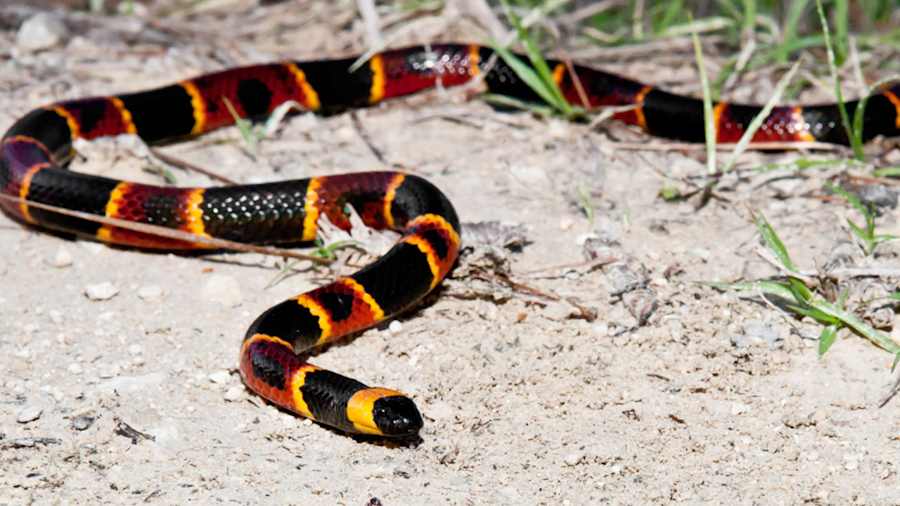
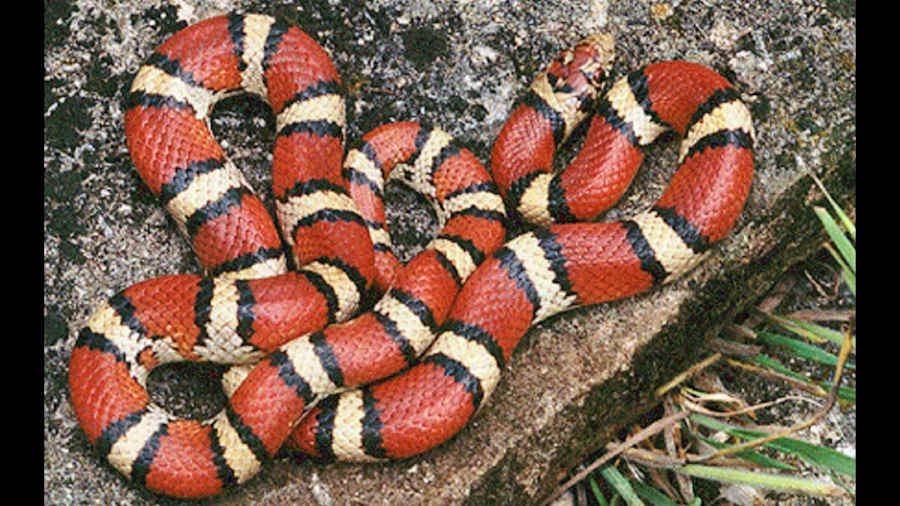
An easy way to remember the difference between the coral and milk snake is to recite the rhyme “red touch yellow, kill a fellow, red touch black, friend of Jack.”
Rattlesnakes are the easiest to identify because of the rattle at the end of their bodies. Different types of rattlesnakes prefer different environments. Some like marshes and others seek a drier climate.
Be careful when letting animals out to go to the bathroom; venomous snakes could be lurking in the grass and bite your pet.
Watch for signs of mushroom poisoning in dogs following heavy rain
It’s better to assume a snake is venomous and have it turn out not to be than to assume the other way around.
Initial symptoms of a venomous snakebite could include burning sensations around the puncture wounds. Swelling, skin discoloration, blurred vision, and drowsiness could also indicate a venomous snakebite.
Sometimes, symptoms might not occur until 24 hours after a venomous bite. It’s crucial to identify the snake after you have been bitten.
Wash bite areas with disinfectant if it’s available and remove jewelry before swelling starts. Try to keep the infected area below your heart to slow the spread of venom.
Call 911 or get the victim to a medical facility as soon as possible.
Do not
• Make incisions near the bite marks
• Constrict blood flow using a tourniquet
• Use cold compresses or ice near the infected area
• Drink alcohol; it thins the blood
• Use aspirin or equivalent; it increases bleeding
Most venomous snakes in South Texas, with the exception of the coral snake, will be thick and fat instead of thin.
